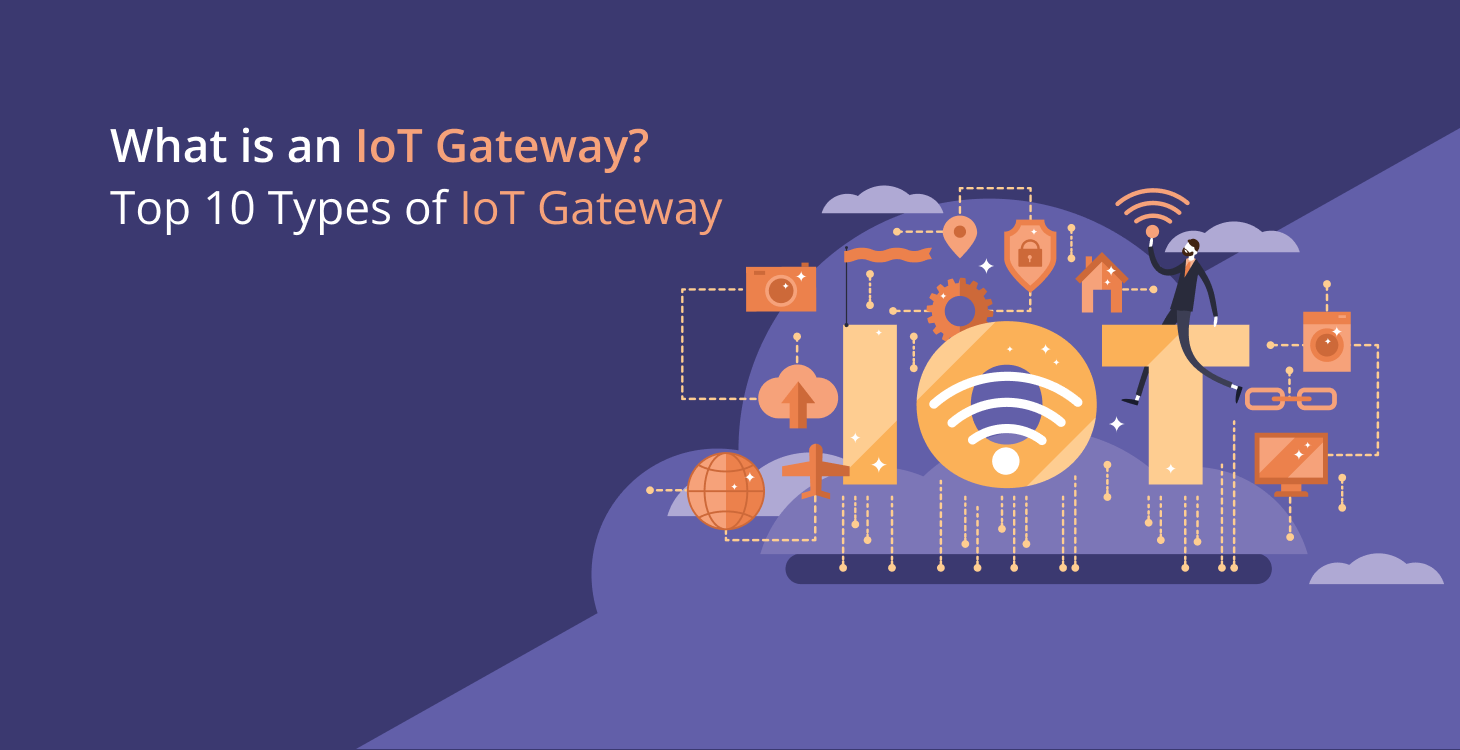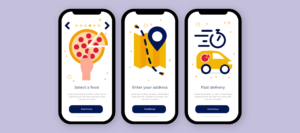If you haven’t lived on a desert island, you’ve probably heard of the Internet of Things, or IoT, in some form. IoT usage and devices have quietly entered the medical, educational, industrial, and almost all other sectors. IoT gateway devices, crucial for maintaining device connectivity, are in greater demand as the IoT grows. Integrating new and classic IoT devices into the intricate environment has become a major difficulty.
So, how would various products created by various businesses, such as a smart lock, an agricultural drone, a heart rate monitor, or an autonomous vehicle, interact with the outside world?
IoT devices require an IoT gateway, a central hub, to communicate with external networks or send and receive data from the Cloud. But not all Internet of Things applications requires a gateway. Yet, it’s important to understand what gateways are, how they function in extensive machine-to-machine interactions, and when they might be required for your devices.
Let’s dig in!
What is an IoT Gateway?
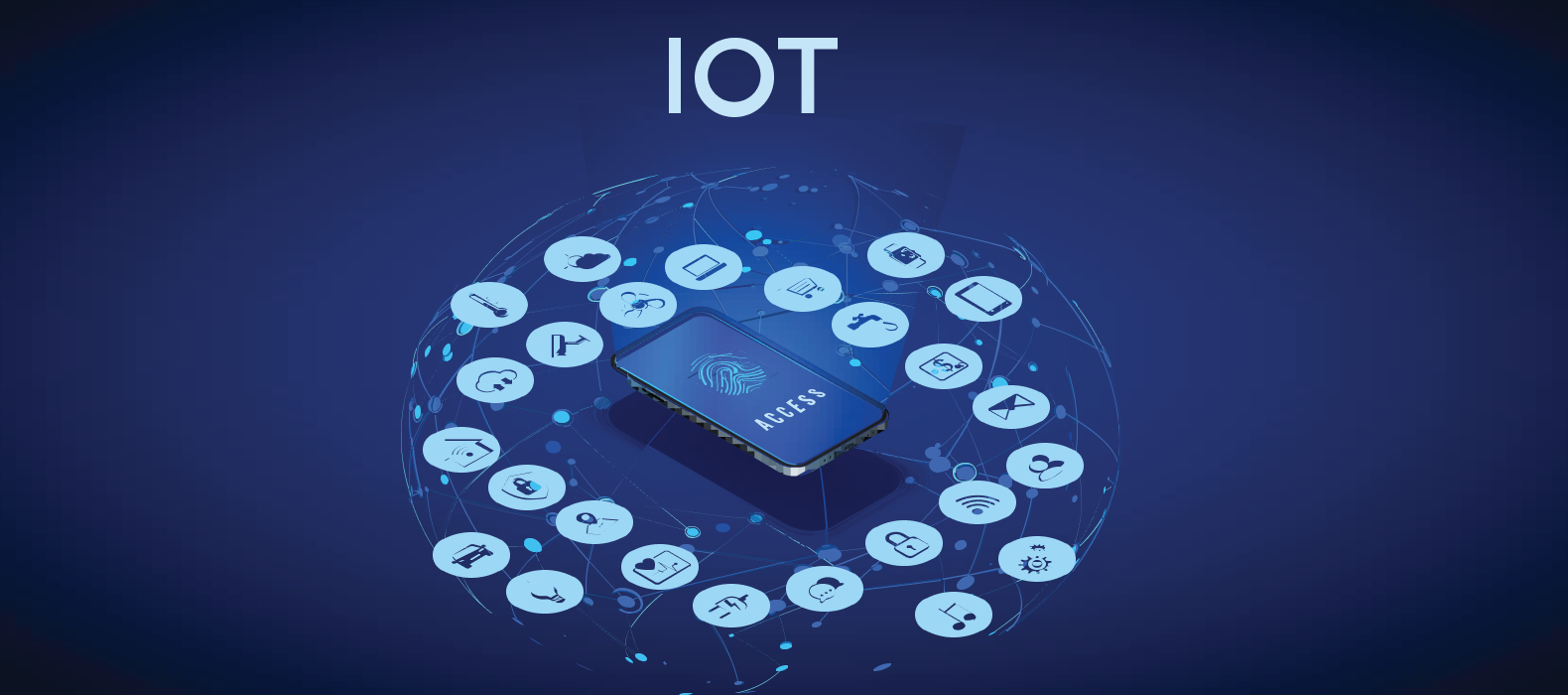
An IoT (Internet of Things) gateway is a network device that connects IoT devices to other networks or the Internet. In essence, it is a piece of hardware or software that enables internet-connected objects (IoT) to connect to the network and communicate with other objects or services.
IoT Gateways are made to handle a range of activities, including data filtering, protocol translation, security, and network management. Usually, they offer capabilities like device management, data processing and analysis, and interaction with cloud-based applications.
Many IoT systems, especially those that demand high security or dependability, depend on IoT gateways as a critical component. They provide a layer of defense against cyber threats and guarantee that data is delivered securely while enabling IoT devices to communicate with other devices and services over the Internet or other networks.
Types of IoT Gateway
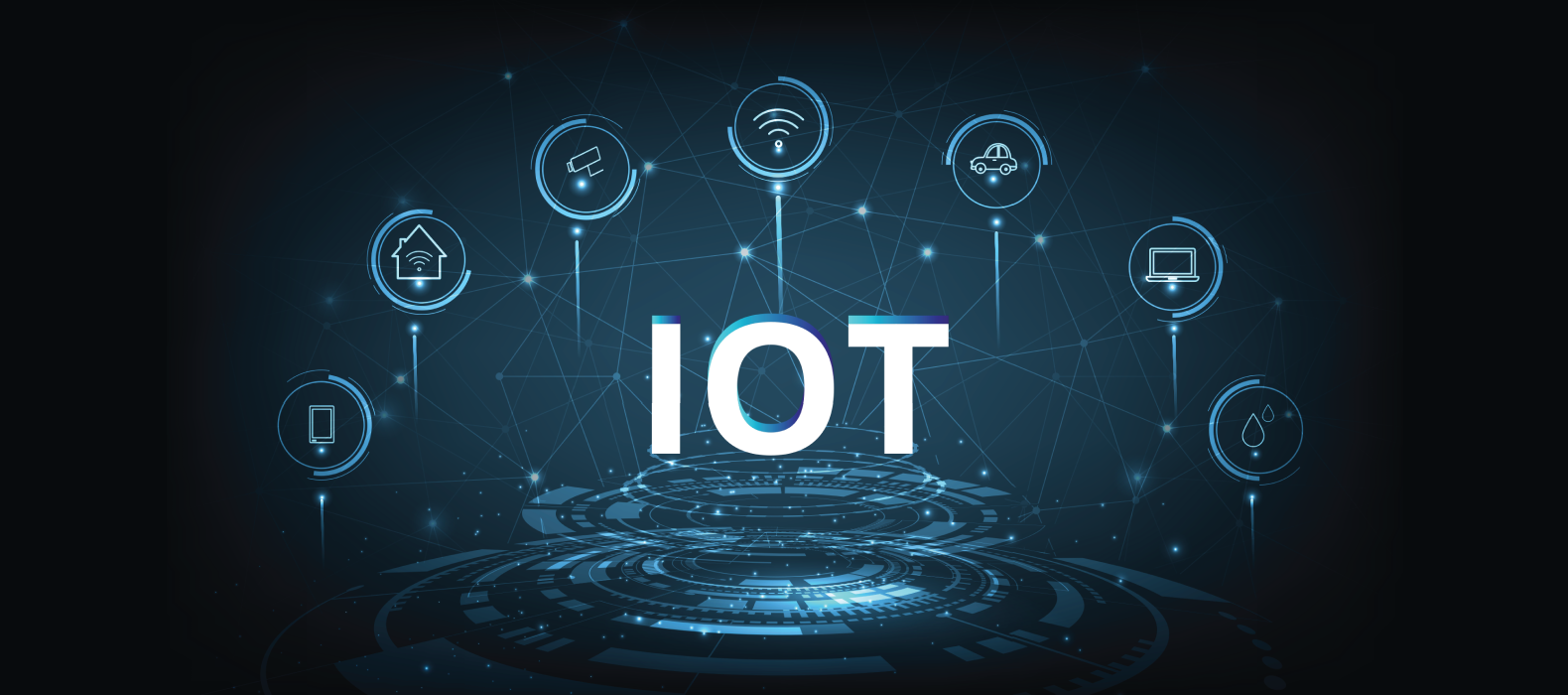
IoT gateways are available in various forms, each with unique features and applications. Some of the most common types are listed below:
1. Cloud-based gateway:
A cloud-based gateway is a network gateway that offers a safe link between a local network or device and the Internet or another network and is hosted in the Cloud. Cloud-based gateways are frequently employed to improve network security and grant remote access to the resources, programmes, and data stored on the local network.
Cloud-based gateways can be set up to perform various networking and security tasks, including firewalling, load balancing, VPN connectivity, content filtering, and data encryption. They can be installed as virtual appliances in either public or private cloud settings. To offer a seamless and scalable network architecture, cloud-based gateways can also be linked with cloud storage, backup, and apps.
In general, cloud-based gateways provide a scalable, adaptable, and cost-effective solution for businesses that need to expand their network to the Cloud or enable safe remote access to their resources.
2. Edge gateway:
IoT Edge gateways, often called edge devices, are hardware components that sit at the network’s edge and serve as a bridge between IoT devices and the Cloud or data center.
The primary function of an IoT Edge gateway is to provide connectivity, manage and process data, and provide security to IoT devices deployed in remote or harsh environments. By collecting and processing data at the edge, IoT Edge gateways can help reduce the amount of data that needs to be transmitted to the Cloud or data center, saving bandwidth and reducing latency.
In addition to software components like operating systems, security methods, and communication protocols, IoT Edge gateways frequently include a variety of hardware components like CPUs, memory, storage, and network interfaces. They can also run programs locally to carry out tasks like data analysis and machine learning.
In general, IoT Edge gateways are crucial for enabling edge computing and extending the advantages of the Internet of Things to various businesses and use cases.
3. Protocol gateway:
An IoT protocol gateway is a hardware or software component connecting several devices or sensors to the Internet. It enables connections and online communication between gadgets using various communication protocols.
In the Internet of Things (IoT) context, devices and sensors use a variety of communication protocols such as Bluetooth, Wi-Fi, ZigBee, Z-Wave, and others. However, these protocols are not always compatible with each other or the Internet. This is where IoT protocol gateways come in.
A typical IoT protocol gateway supports various communication protocols, translating messages between them to allow for seamless device connection. Additionally, it offers security features like authentication and encryption to protect the confidentiality and security of the data being communicated.
Many IoT systems, especially those involving several devices or sensors with various protocols, depend on IoT protocol gateways as a critical component. They help streamline the connection and management of various devices, making creating and implementing IoT applications simpler.
4. Security gateway:
An IoT (Internet of Things) security gateway is a device or software system that provides security functions for IoT devices and networks. To protect against unauthorized access, data breaches, and other security issues, it serves as an intermediary between IoT devices and the Internet or a local network by watching and filtering network traffic.
IoT security gateways are created to offer several security features, such as:
- Authentication: Before allowing access to the network, authentication verifies the identification of users and IoT devices.
- Encryption: To prevent unauthorized access or interception, data must be encrypted both in transit and at rest.
- Access control: Controlling user roles and permissions to control IoT network and device access.
- Firewalling: Monitoring and filtering network traffic to stop harmful activity and prevent unwanted access.
- Intrusion detection and prevention: Recognizing and preventing network attacks or unwanted access.
- Vulnerability scanning: Looking for vulnerabilities in networks and IoT devices and taking action to address them.
IoT security gateways are crucial for protecting the expanding number of IoT networks and devices. They provide a layer of protection that complements the security measures implemented in individual IoT devices, helping to ensure the overall security of the IoT ecosystem.
5. Application gateway:
An IoT application gateway is a software or hardware component that bridges the Internet of things (IoT) devices and the cloud-based services or applications that these devices interact with.
Usually, it serves as a translator, converting the data gathered by IoT devices into a language that cloud-based services or apps can use. This may entail combining data from many devices, putting security measures in place, and routing data to the proper location.
Integrating IoT devices with cloud-based services or applications is made easier with the help of IoT application gateways. These can simplify managing many devices, increase security, and facilitate the analysis and use of data produced by IoT devices.
6. Mobile gateway:
An IoT (Internet of Things) mobile gateway links IoT devices to networks or the Internet, often utilizing cellular or wireless communication protocols. It serves as a link between IoT devices and the data centre or Cloud where the information gathered by these devices is processed and stored.
When sending data from IoT devices to the Cloud, IoT mobile gateways offer a dependable and secure method. Also, they can process and analyze data closer to the data’s origin or at the edge, which lowers latency and bandwidth needs for sending data to the Cloud.
Applications for IoT mobile gateways include industrial automation, smart cities, healthcare, and agriculture. They can offer real-time asset and operation monitoring, management, and analytics, allowing companies and organizations to streamline operations, cut costs, and boost effectiveness.
7. Industrial gateway:
An industrial gateway is a device that provides connectivity between different types of networks and devices used in industrial automation systems. These gateways can mediate across many protocols, enabling smooth communication between equipment and systems.
Industrial gateways are frequently used in manufacturing and process control systems to facilitate communication between equipment such as sensors, controllers, and actuators. They can use them to link devices that use several protocols for communication, including Modbus, Ethernet, and Profibus.
Moreover, industrial gateways may offer data logging, remote management, and security features to guard against online threats. They are crucial to contemporary industrial automation systems and provide effective and efficient communication between various devices and systems.
8. Wearable gateway:
A wearable gateway is a piece of equipment that connects wearable technology—like a wristwatch or fitness tracker—to other devices or networks. The wearable gateway allows the wearable device to interact with other systems or networks and can serve as a hub for gathering and analyzing data from the wearable device.
In addition to having wireless communication choices like Wi-Fi, Bluetooth, or cellular connectivity, wearable gateways may also feature sensors and processing power to support on-site data processing and analysis. For better data collecting and analysis, some wearable gateways could additionally come with other functions like GPS or biometric sensors.
A wearable gateway’s main function is facilitating seamless data sharing, analysis, and communication between wearable devices and other networks or devices. This can be especially helpful in the sports, fitness, and healthcare sectors, as wearables are frequently used to track and monitor different health data.
9. Home gateway:
A home gateway is a networking device that connects a local area network (LAN) to the Internet. It provides a way for home or small office equipment to connect to an internet service provider and access the Internet (ISP).
Typically, a home gateway includes a modem, a router, a switch, and a wireless access point. The router manages traffic flow between the LAN’s devices and the Internet, whereas the modem is used to connect to the Internet via the ISP. The wireless access point enables wireless devices to connect to the network, whereas the switch permits communication between LAN-connected devices.
In addition to these basic functions, home gateways may include additional features such as firewalls, parental controls, and quality of service (quality of service) settings. These features improve the network’s security, efficiency, and dependability.
10. Medical gateway:
A medical gateway, often called a health information gateway or a health information exchange gateway, is a secure technical infrastructure that enables various healthcare organizations, systems, and providers to communicate electronic health information.
Medical gateways are essential in enabling the safe exchange of patient health information amongst healthcare professionals, enhancing care coordination, lowering medical mistakes, and improving patient outcomes. These gateways guarantee that patient data is transferred and maintained safely by all relevant laws, including the Health Insurance Portability and Accountability Act (HIPAA) in the United States.
Through patient portals or other secure channels, medical gateways can give patients access to their health data, including lab results, medication lists, and care plans. This encourages patients to become more knowledgeable and involved in their treatment, and it can also help patients and their healthcare providers communicate and work together.
Every IoT gateway type has advantages and disadvantages, and the best gateway will depend on the particular needs of the IoT network and the connected devices.
Why IoT Gateways Are Important
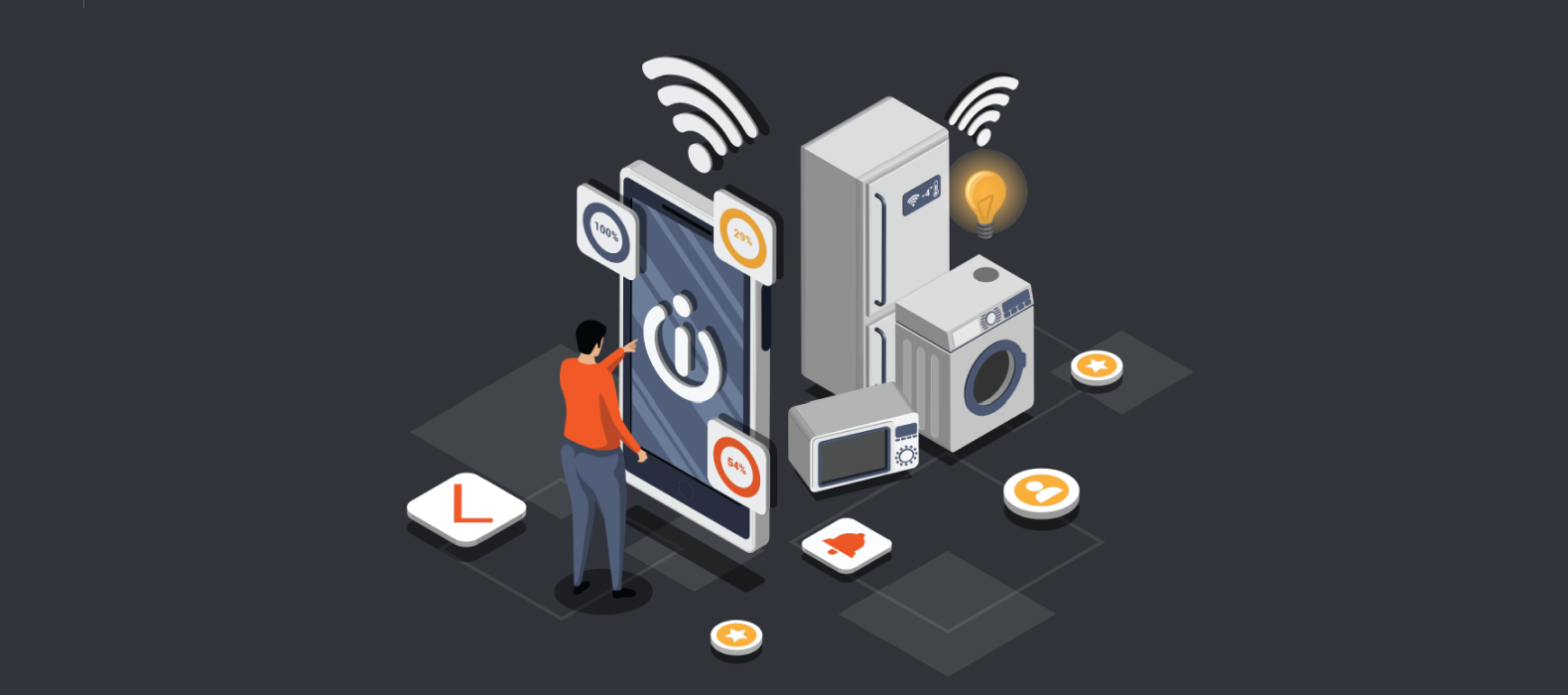
Internet of Things (IoT) gateways is essential to overall efficiency and effectiveness of IoT systems. These gateways link the field data collection equipment or sensors and the Cloud or other centralized systems that process and analyze the data.
These are some justifications for why IoT gateways are important:
- Connectivity: IoT gateways can link a wide range of gadgets and sensors to the Internet or other networks, even if they use various communication protocols and standards. This makes it possible for systems and devices to communicate and transfer data without interruptions.
- Data processing: IoT gateways may handle fundamental data operations at the edge, such as filtering, aggregation, and analysis, which minimizes the amount of information that must send to the Cloud. This can lower latency and save money on bandwidth.
- Security: By encrypting data transmissions and handling authentication and access control, IoT gateways can add more security to IoT networks
- Local control: IoT gateways can offer local control and decision-making capabilities, allowing devices to function even when access to the Cloud is lost. This can lessen downtime and increase system reliability.
- Scalability: IoT gateways can help scale IoT systems by serving as a single point of management for numerous devices and sensors and making configuration and deployment easier.
IoT gateways enable IoT systems to efficiently gather, process, and analyze data while giving local control and scalability.
How Does an IoT Gateway Work?
A physical or virtual device known as an IoT gateway links IoT devices and the Internet. It makes it possible for IoT devices to connect to the Cloud, where data processing and analysis are possible.
The following are the basic functions of an IoT gateway:
- Device connectivity: IoT devices are connected to the gateway through wired or wireless networks like Bluetooth, Wi-Fi, or Zigbee.
- Data acquisition: The gateway gathers information from IoT devices, such as sensor readings or updates on device status.
- Data processing: Before transferring data to the Cloud, the gateway can do various local data processing operations, such as filtering or aggregating data.
- Protocol translation: The gateway can translate data from the various IoT device protocols, enabling communication between the devices and the Cloud.
- Security: When data is transported between IoT devices and the Cloud, the gateway protects it using security features like encryption, access control, and authentication.
- Cloud connectivity: The gateway uploads the data to the Cloud for additional processing and storage. Based on the data collected, the Cloud can use this information to produce insights, send out alerts, or perform other operations.
In conclusion, an IoT gateway is an essential link between IoT devices and the Cloud, offering crucial connectivity, data processing, and security capabilities that allow IoT systems to operate successfully and effortlessly.
Summary
Our Internet-enabled devices couldn’t communicate with the Cloud or remote high end-servers without gateways. A gateway permits communication between two distinct networks, much like a conventional router. This idea is expanded upon by an IoT gateway, which enables cloud communication between gadgets with various interfaces and protocols.
The IoT gateway is a crucial element in IoT ecosystems. It is a communications bridge that links Bluetooth devices with a native cloud application, Zigbee sensors with the Internet, and many more devices. Pre-processing raw data lowers latency and boosts capacity at the edge. The IoT gateway offers an additional security line in these risky circumstances.
FAQs
Question 1: What is an IoT Gateway?
A device known as an IoT gateway is used to link IoT gadgets to a local or global network. It is a conduit for data transfer, device management, and security between IoT devices and cloud services.
Question 2: What are the Benefits of using an IoT Gateway?
IoT gateways provide a variety of benefits, such as:
- Data aggregation: Several IoT devices can send data to gateways and then send it to Cloud services for analysis.
- Protocol translation: IoT devices and cloud services employ several protocols which gateways can translate.
- Security: Gateways can provide security features such as encryption, authentication, and access control.
Question 3: What are the types of IoT Gateway?
There are several types of IoT gateways, including:
- Cloud gateways
- Fog gateways
- Edge gateways
- Data concentrator gateways
- Industrial IoT (IoT) gateways
- Consumer IoT gateways
Question 4: What is a Cloud Gateway?
An IoT gateway that connects IoT devices to cloud services is known as a cloud gateway. It allows IoT devices to submit data to cloud services for management and analysis and to accept commands from those services.

